The Indian tourist wants immersive sports experiences. India needs to catch up to demand
You need to travel overseas to tick off certain items off your bucket list because India—where cricket is considered a religion—has no paid tours of stadiums, museums that ride on nostalgia and glory, or libraries where common citizens can educate themselves about the lives of great sportspersons and the importance of a sporting nation
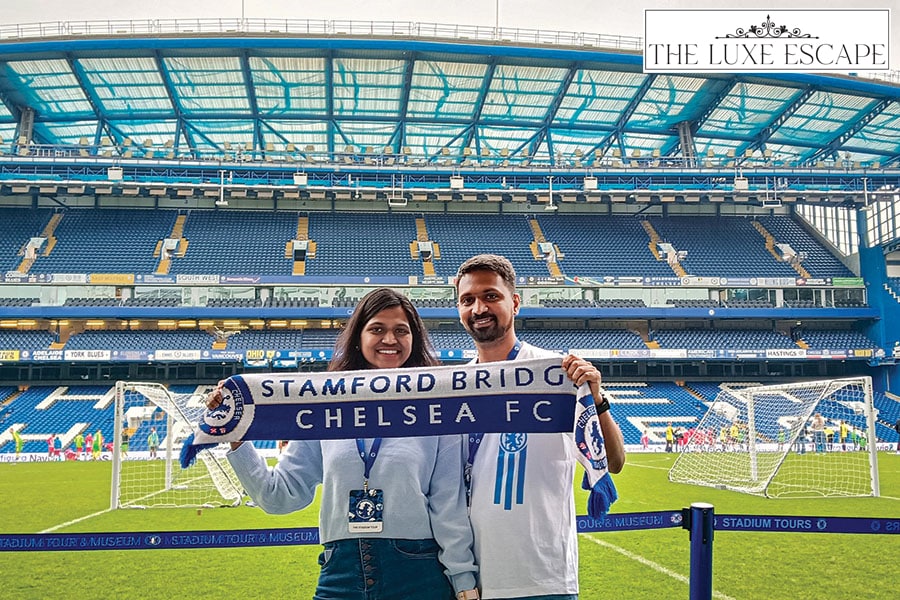 (Left) Chelsea fans Prathamesh Mulye and Shruti Venkatesh on a guided stadium tour at Stamford Bridge
(Left) Chelsea fans Prathamesh Mulye and Shruti Venkatesh on a guided stadium tour at Stamford Bridge
For devout Chelsea follower Prathamesh Mulye, the excitement of having visited Stamford Bridge, the English football club’s home ground, lingered on for hours after he had stepped on the turf. On a family holiday to London and Scotland with wife Shruti Venkatesh and his in-laws in May, the working professional from Mumbai was adamant on booking a guided stadium tour at his ‘sacred’ place. And he’s glad he did.
“It’s a dream come true. It was surreal to be on the same turf as some of the greats of the beautiful game. It cannot be described in words. The Chelsea fan in me came alive as I sat in the stands, took photos in the dugout, marvelled at the trophies, and heard the impressive trajectory of the club from a knowledgeable guide who had us hooked every minute,” he says. Chelsea had famously won the 2012 UEFA Champions League final against Bayern Munich with a 4-3 penalty shootout after scores were level at 1-1. The highlight of his visit, says Mulye, was an opportunity to attempt penalties—at the exact four spots where Chelsea scored—in a specially designed arena that rekindles memories of the incredible victory.
Shruti tells Forbes India that such immersive experiences leave an indelible impression on passionate sports lovers. Though she does not claim to be one, she felt overwhelmed when she walked through the tunnel—with the same music playing in the background as when the players take that route—on the ground. “The vibe is something else. It’s a special feeling… to be able to touch the grass, to be so close to the action—a friendly match was in progress while we were there—to imagine what the players go through when the manager is frantically issuing instructions from the sidelines, to satiate your curiosity about the dressing rooms and actually sit where legends celebrate their sporting triumphs or introspect on their losses. It was magical to just soak in the atmosphere,” she says. And then to browse through the souvenirs and buy some for your collection are things that stay with you for a lifetime, she adds.
 (Clockwise from left)The Chelsea dressing room (above) in London, England A Premier League match between Manchester United and Liverpool FC at Old Trafford in April; Beanstalk Experiences’ founder Karn Rateria has done meet-and-greet sessions with football greats at Hotel Football in Old Trafford, the home of Manchester United
Image: Chelsea dressing room: Darren Walsh /Chelsea FC VIA Getty Images
(Clockwise from left)The Chelsea dressing room (above) in London, England A Premier League match between Manchester United and Liverpool FC at Old Trafford in April; Beanstalk Experiences’ founder Karn Rateria has done meet-and-greet sessions with football greats at Hotel Football in Old Trafford, the home of Manchester United
Image: Chelsea dressing room: Darren Walsh /Chelsea FC VIA Getty Images
A few days before his Stamford Bridge sojourn, Mulye had been to Lord’s, known as the home of cricket, with his father-in-law and enjoyed views of the stadium from different stands, the media centre and the iconic balcony. He was astounded by some of the trivia about the venue, taken in by old photographs that depicted the history of the game and the legacy of Lord’s, and impressed with the aura of the hallowed Long Room from where cricketers make their way to the ground. I would do these tours again and again, he insists.
(This story appears in the 14 June, 2024 issue of Forbes India. To visit our Archives, click here.)




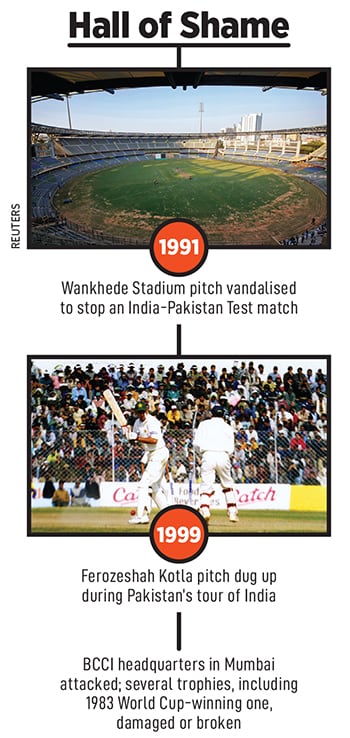 The ardent sports fan in India is left with nothing but hollow promises, a mad scramble for tickets—even now, in a tech-driven world—that could result in being baton-charged by the police at collection centres and sorry facilities (dirty washrooms, broken seats, lack of drinking water, leaky roofs) in some of the most celebrated stadiums as well. And this, at a time when the average citizen is willing to shell out more and more not just for a ticket, but also for once-in-a-lifetime quality stuff that goes beyond the matches.
The ardent sports fan in India is left with nothing but hollow promises, a mad scramble for tickets—even now, in a tech-driven world—that could result in being baton-charged by the police at collection centres and sorry facilities (dirty washrooms, broken seats, lack of drinking water, leaky roofs) in some of the most celebrated stadiums as well. And this, at a time when the average citizen is willing to shell out more and more not just for a ticket, but also for once-in-a-lifetime quality stuff that goes beyond the matches. 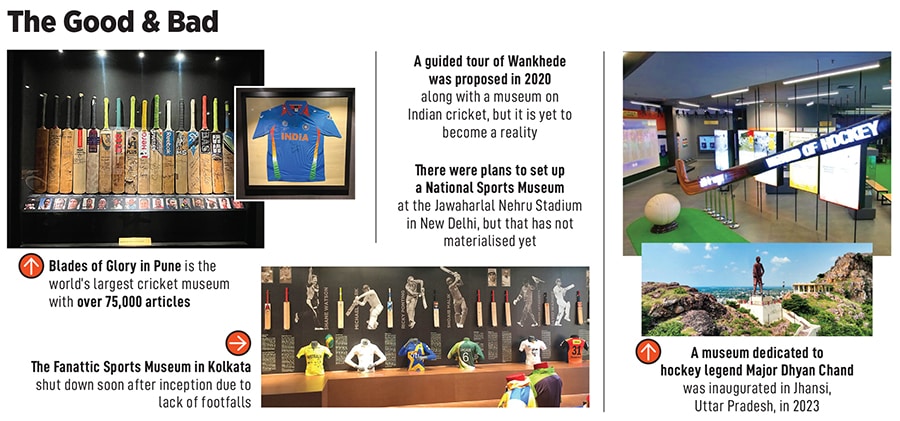
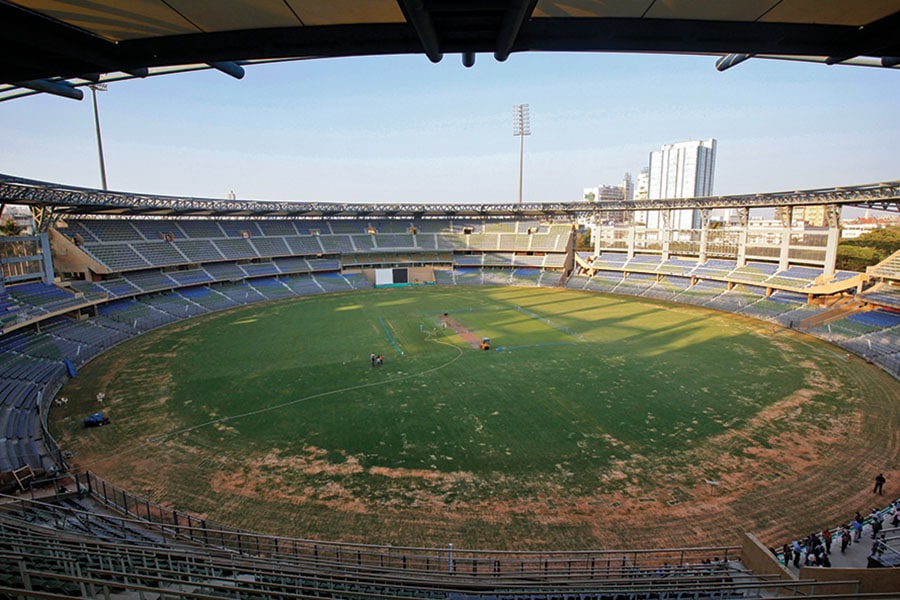
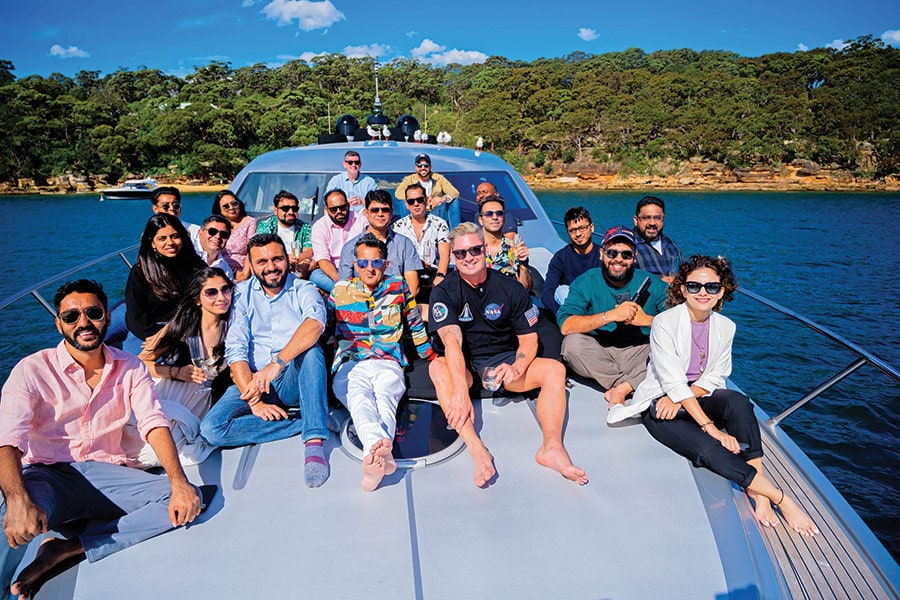
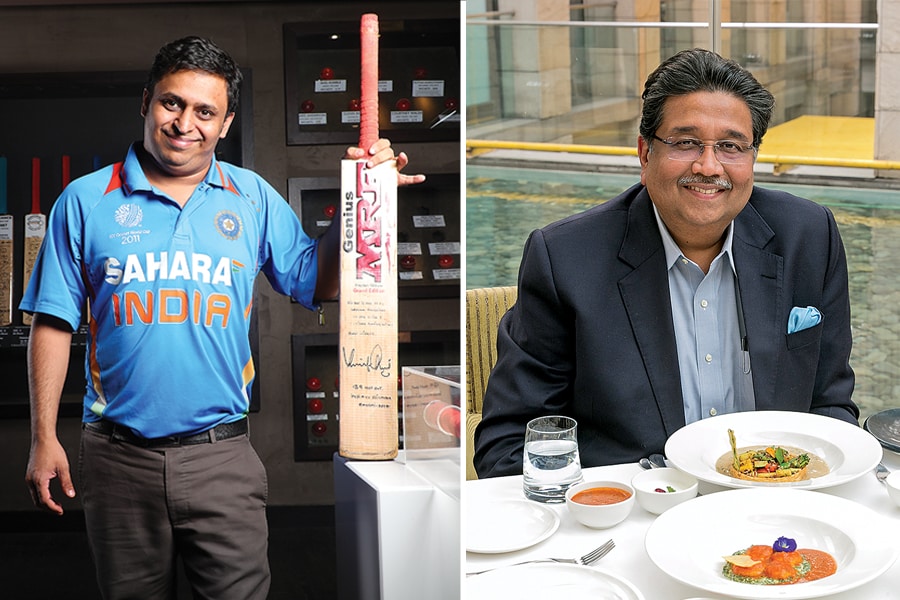
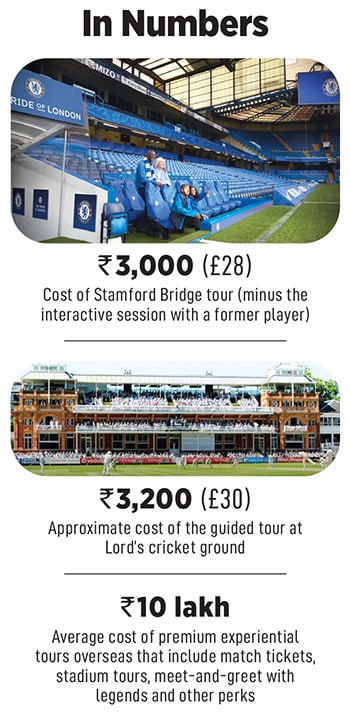 Beanstalk’s Rateria says unlike the West, there is no team ownership model that runs throughout the season in India. “Manchester United, for instance, has access to Old Trafford and controls it for 12 months, therefore, it can create its own assets around it. Mumbai Indians can’t necessarily do that at the Wankhede… after the IPL, the ground goes back to the MCA and different bodies control what happens at the stadium,” he says.
Beanstalk’s Rateria says unlike the West, there is no team ownership model that runs throughout the season in India. “Manchester United, for instance, has access to Old Trafford and controls it for 12 months, therefore, it can create its own assets around it. Mumbai Indians can’t necessarily do that at the Wankhede… after the IPL, the ground goes back to the MCA and different bodies control what happens at the stadium,” he says. 













